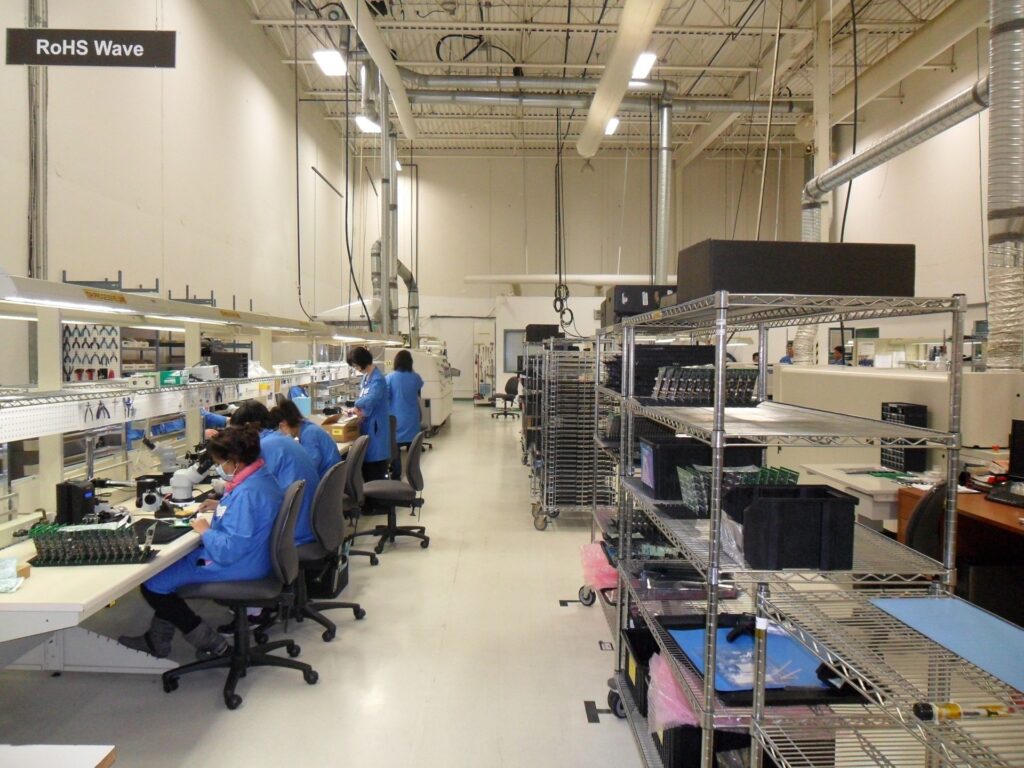Attracting and retaining quality talent is an ongoing problem in nearly every industry, none more so than the manufacturing sector. A National ANational Association of Manufacturers (NAM) survey found that three out of every four manufacturing executives rated this issue as their top problem.
For comparison’s sake, only 65% ranked the well-known and ongoing supply chain disruptions as a top impediment, with 60% reporting concerns about increased raw material costs. Even with advances in manufacturing automation and autonomous operations, there’s still a need for highly skilled human workers. With skilled labor shortages expected to be a 2024 trend, here are four strategies you can employ as a manufacturing leader to attract and retain the best talent.
Combat the Negative Perception of Manufacturing
Multiple industry surveys from 2017 and 2018 revealed an overall negative perception of the manufacturing industry. In particular, younger members of the workforce reported that they don’t view manufacturing jobs as a path to a viable long-term career. Years later, Deloitte found this to still be a problem that recruiters regularly encounter.
Consider the issues that are important to today’s workers. Fair compensation packages and career growth opportunities are always top priorities for job seekers, but younger generations are looking for more than that.
Millennials and Generation Z workers want to work for companies that embrace sustainability and environmental causes. DEI (diversity, equity, and inclusion) issues are also important to younger workers. Job seekers may assume manufacturing organizations place a lower priority on the issues. To combat negative perceptions of the industry, promote your company’s environmental and inclusivity efforts in job listings.
Keep in mind that most recent college graduates and other young professionals may view manufacturing jobs as a temporary option with little potential for advancement. Promote the modern manufacturing industry as one with exciting career paths. Participate in events like Manufacturing Day, which is always the first Friday in October. This is an excellent opportunity to show that today’s manufacturing industry is an excellent career path for the next generation of skilled workers.
Cast a Wider Net in Your Hiring Process
Part of implementing DEI programs is undergoing an honest self-analysis. Take a look at your workforce demographics. Do you see diversity in race, age, gender, socioeconomic status, and ability? If not, it’s time to consider casting a wider net in your hiring process.
DEI is more than just a selling point for your recruiting efforts. Diversity also makes your company more innovative and competitive in the marketplace. A 2023 study shows that embracing diversity increases revenue by 19%. To receive the benefits of more candidates, an innovative workforce, and more income, now is the time to start looking beyond the traditional shop floor workers.
Optimize Your Recruitment Process
The recruiting cycle in modern business seems to have gotten longer. Between requisitioning a new position, posting the job, accepting applications, multiple rounds of interviews, offers, and screening, hiring a new employee can take months. However, one analysis found that 63% of the process is directly under the control of the HR department and not dependent on anyone else. That means there’s a significant opportunity for recruiting optimization.
Most of the HR and HCM (human capital management) systems in use today can automate much of the process for you. Removing the human element as much as possible will help speed up the process. If your team hasn’t implemented these HR/HCM features yet, now is the time to do so. At a minimum, get your workflow into a digital system, as it will help keep everyone involved in the process on track, including hiring managers and executives who have to grant approvals.
You can also consider hiring an external recruiting firm. These contract services work exceptionally well for hard-to-full positions, like more skilled and technical roles. Although there’s a cost involved in outsourcing, the time saved by using a recruiting firm helps defray some of the expense.
Focus on What Makes Manufacturing Workers Stay
With a strong focus on streamlining and improving your recruiting efforts, it’s easy to forget about the other side of the coin—retaining your existing workforce. But, retention efforts should be at least equally important due to the high costs of replacing a current employee. To improve overall retention in the manufacturing sector, focus on what makes workers stay at your company.
One study reported that 83% of manufacturing employees stay in their jobs because they enjoy the work. In addition, 79% said they appreciate the job stability and security that manufacturing offers them. Those are some incredibly high figures, both of which reveal the key to retaining quality employees.
Making a job challenging yet fun keeps valuable manufacturing employees from looking elsewhere. And if your workforce feels secure in their roles, you’ll reap the benefits of long-term, committed, and loyal employees. Embrace the positive aspects of your company culture and amplify what your employees enjoy to improve your retention numbers.
Hiring for Manufacturing and Employee Retention: The Long View
There’s no doubt that manufacturing organizations are facing serious issues with hiring and employee retention. The good news is that there’s a capable and ready workforce, both in the job seeker market and right in your very own organization. According to the US. Bureau of Labor Statistics, manufacturers in heartland states like Indians, Wisconsin, Iowa, and Michigan see positive, upward hiring trends.
To make this a 2024 trend for your manufacturing organization, just take a few tweaks to your hiring process and embrace the best parts of your company culture. Follow MRINetwork for more insights on the present and future of hiring across all industries.

Connect with MRINetwork